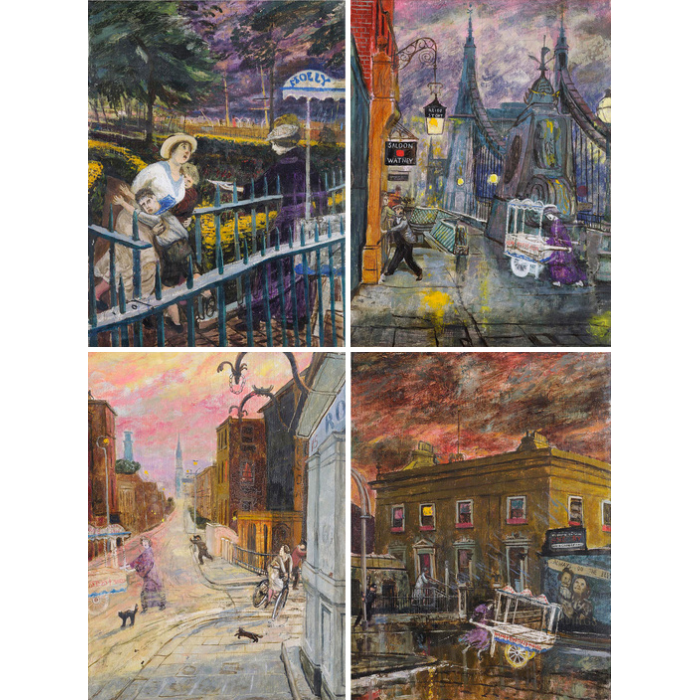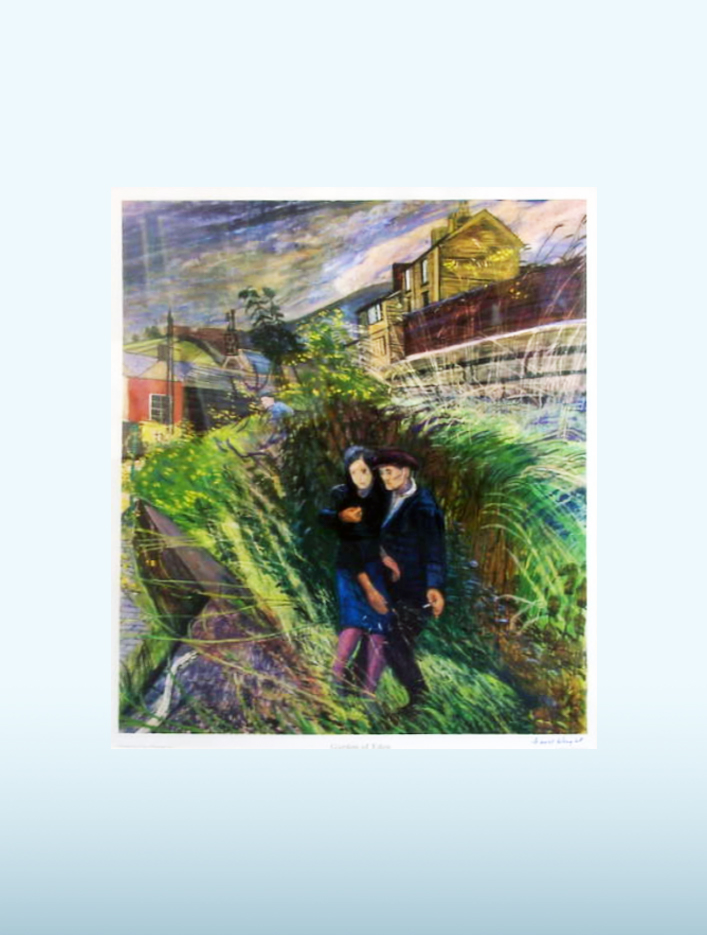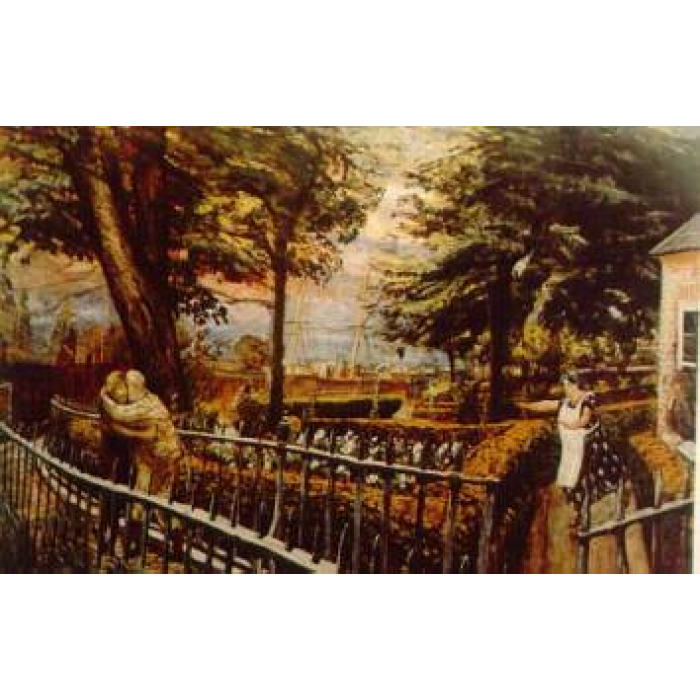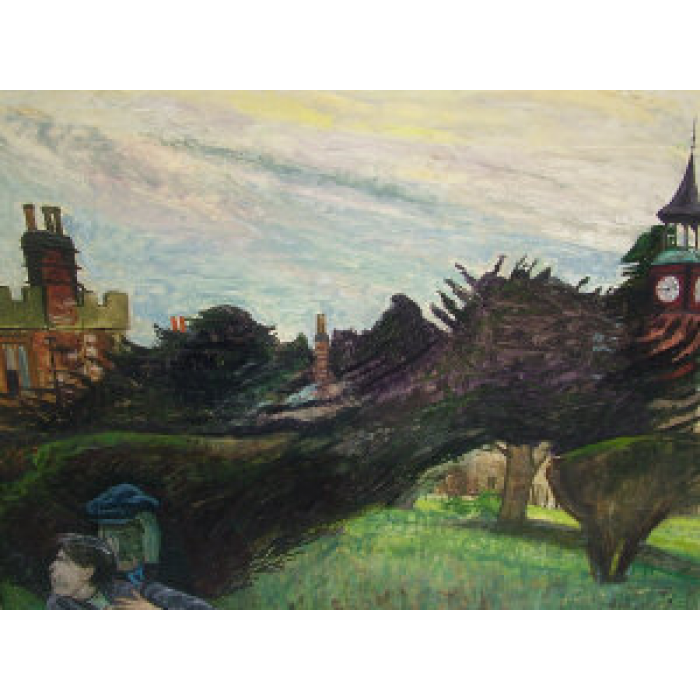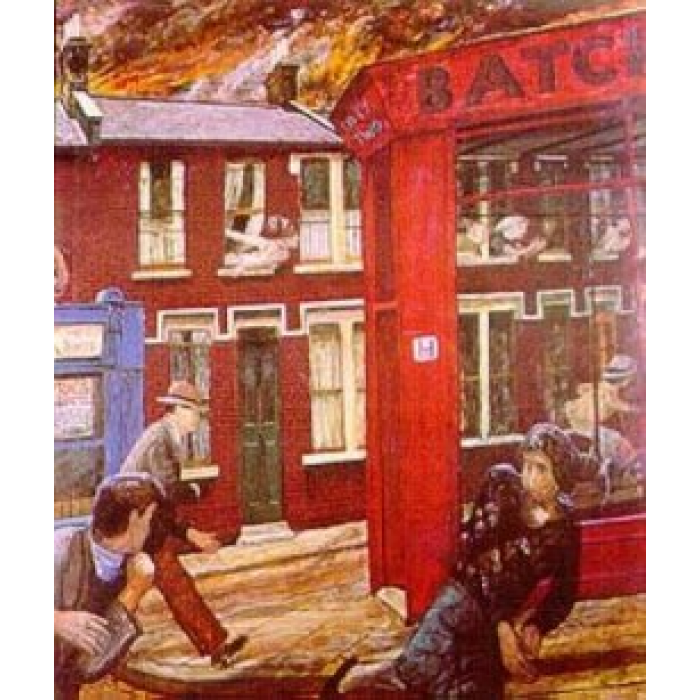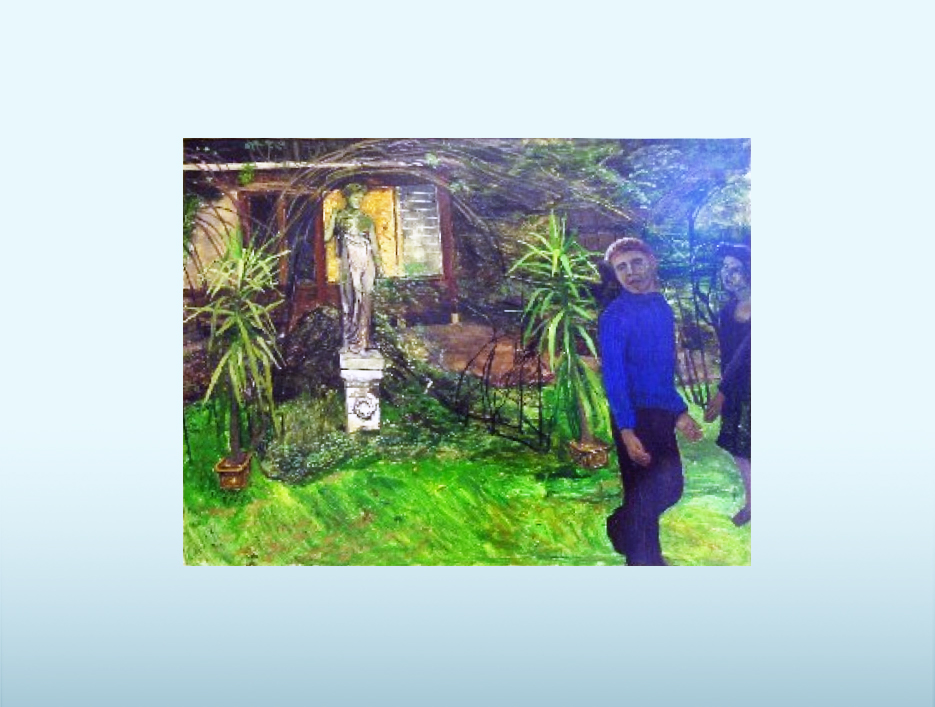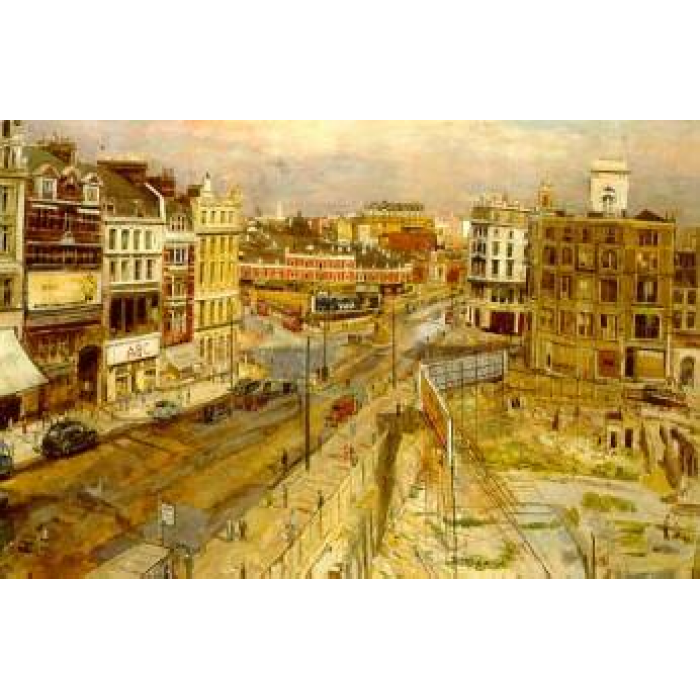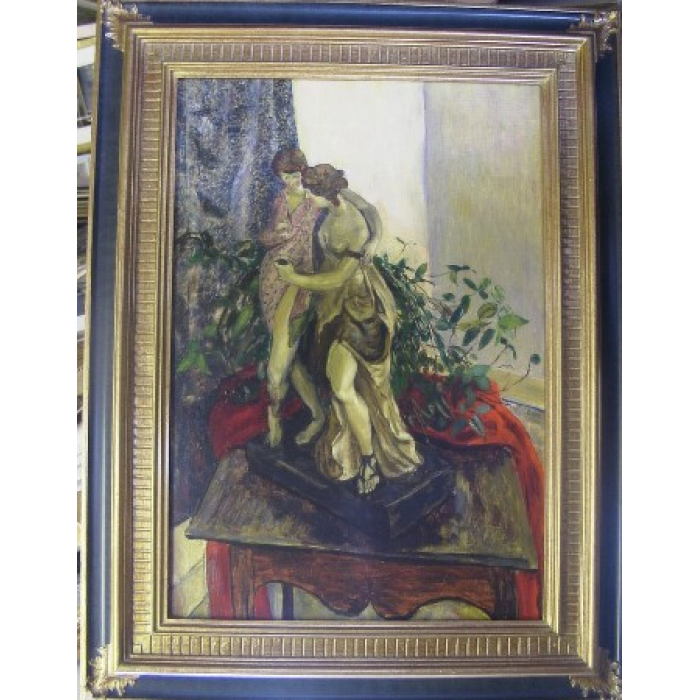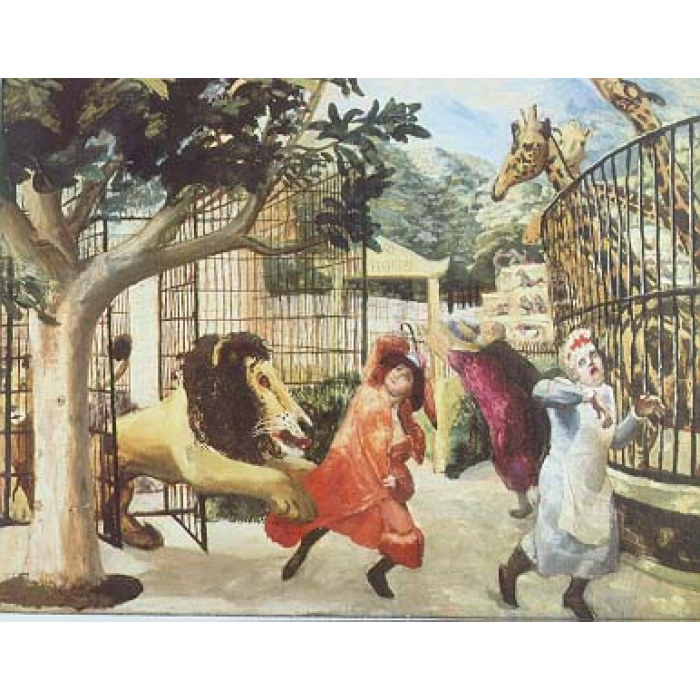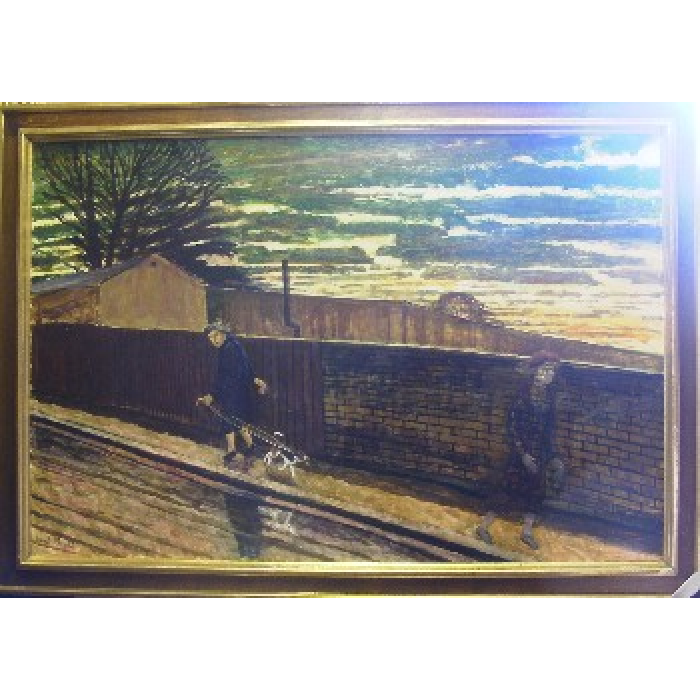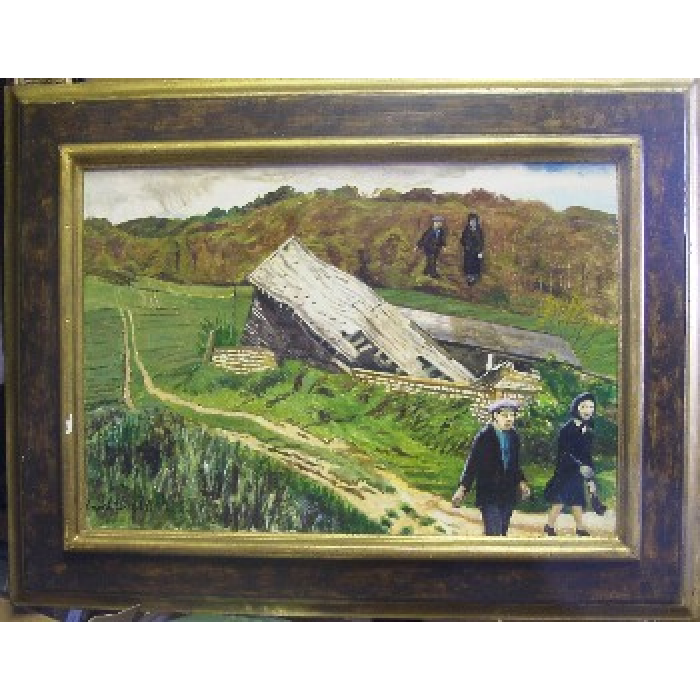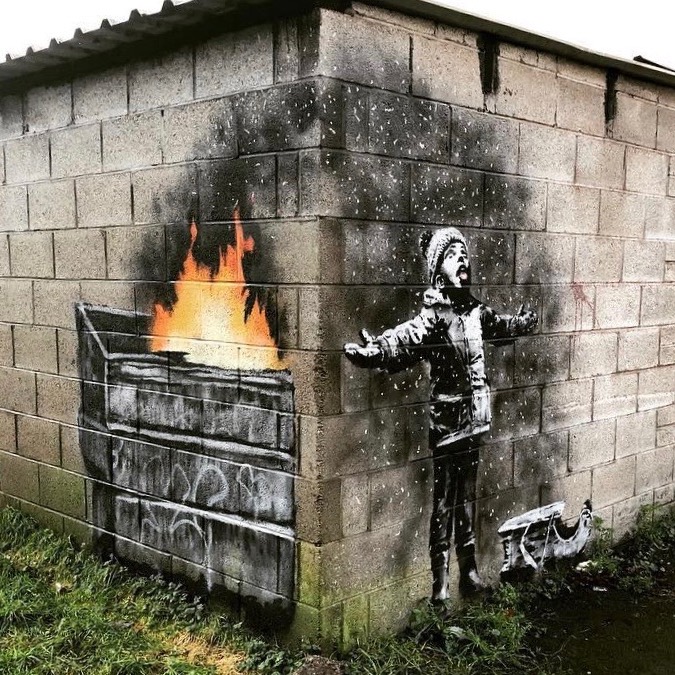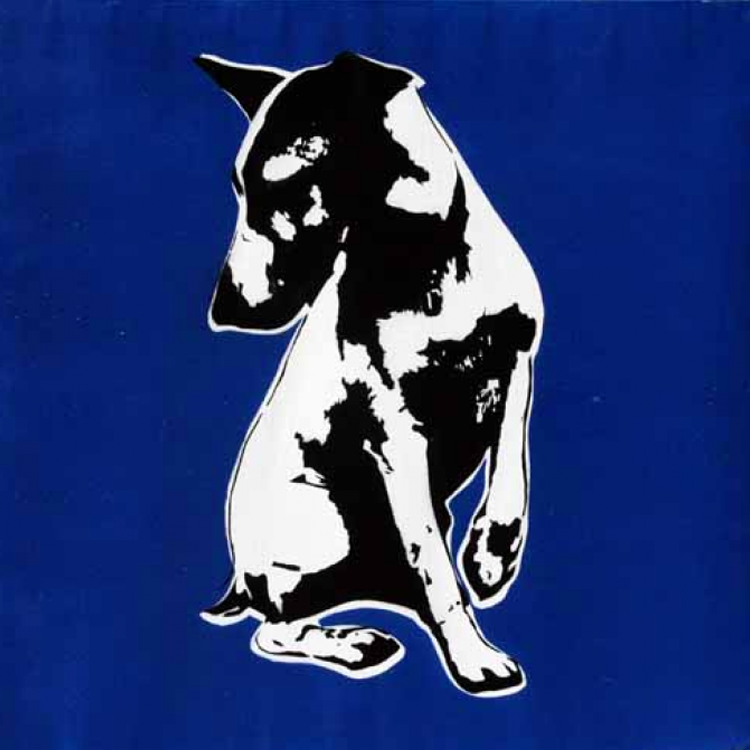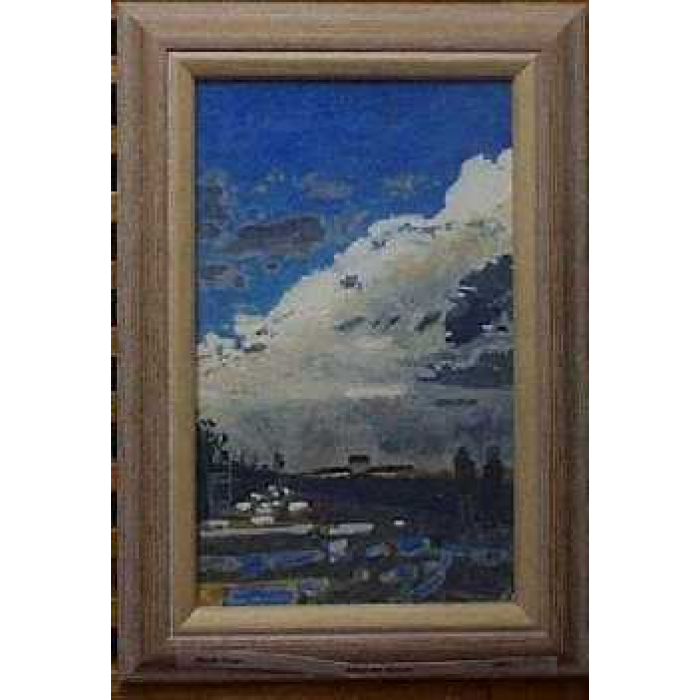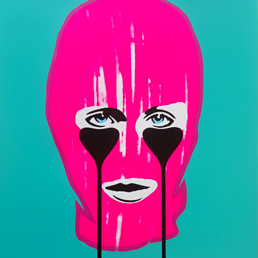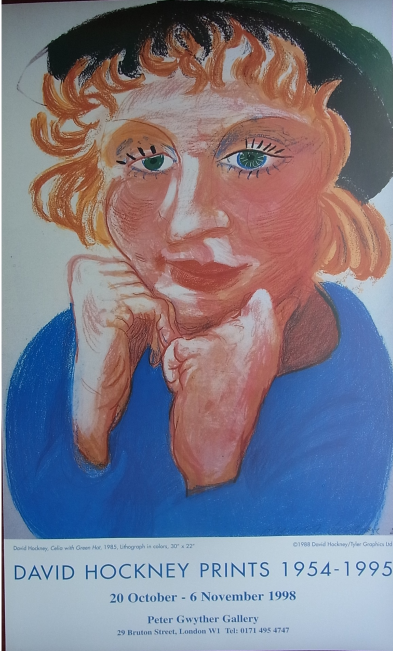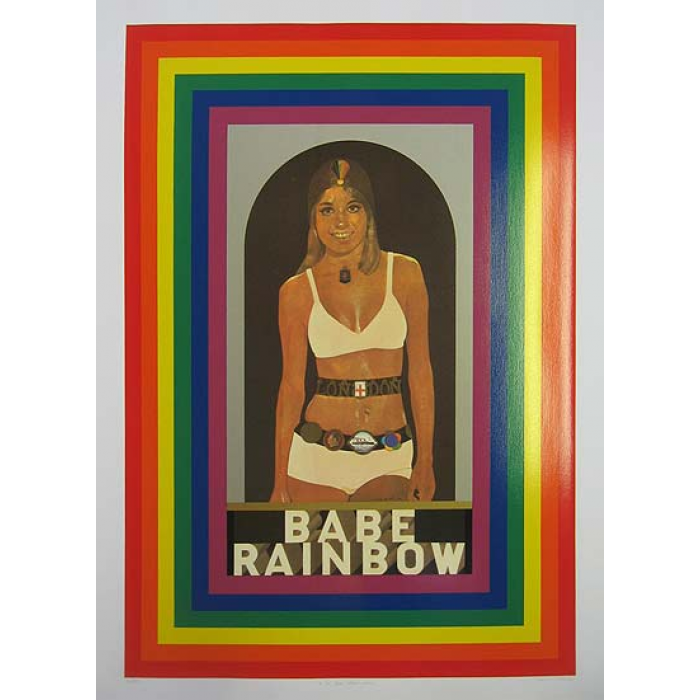Carel Weight was born in Paddington, west London on September 10, 1908. His mother was half German and half Swedish descent, and his father worked in a bank. Weight parents both worked and lived in a middle-class household, while he was taken cared of by a foster mother Rose Matkin, who was also his godmother and who lived in Fulham in a working-class district. From an early age, Weight spent his weeks being looked after by his foster mother and at the weekends goes back home to his parents’ house. And these events of living in a completely two different households remained with him and infused his ambitions for painting.
Weight studied at the local Hammersmith School of Art from 1928 to 1930, where he met Ruskin Spear, who he became a good friend with. He later moved to Goldsmiths’ College where the style of teaching allowed him to broaden his imaginative composition. This was Weight preferred choice of study as he was able to show some important work such as Allegro Strepitoso, which demonstrated some of his work. In 1934, he hired a space for an exhibition in the Cooling Gallery in Bond Street to showcase some of his favourable work, and also taught at the Beckham School of Art, that enabled him to support himself.
Weight exhibited at the Royal Academy and Royal Society of British Artist and was also a committee member of the Artists International Association. He joined the Royal Engineers before being sent to Italy as an official War Artist in 1945, and travelled to places such as Vietnam and Greece which he described as a ‘scholarship from the army’.
On his return to London in 1947, Weight was invited to teach at the Royal College of Art, where he participated and executed a mural for Country Pavilion of the Festival of Britain in 1951. Weight also painted landscape and portraits, but most of his work captured a mood of melancholia, which is obvious in the mysterious presence in his ghost paintings in the west and south of London.






